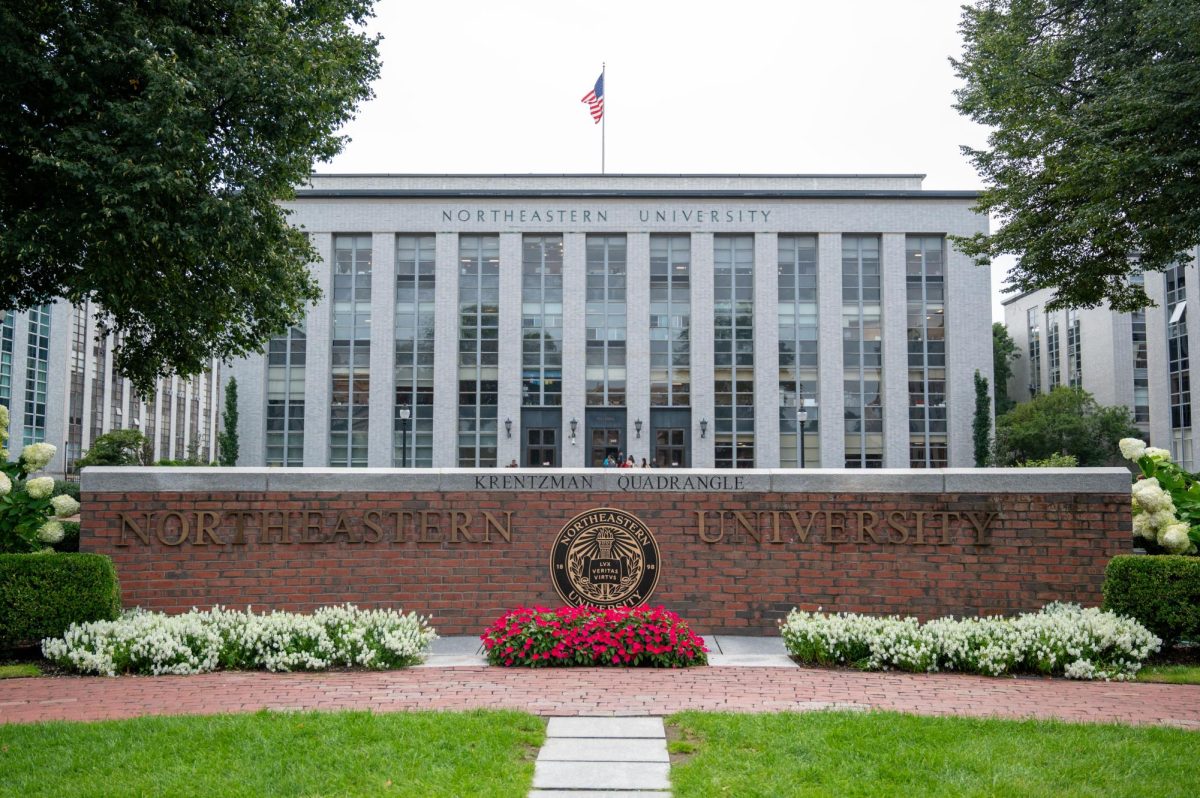Summer renovations to Snell Library show Northeastern has truly embraced the innovative tools of the information technology age, as is apparent in the Digital Media Commons on the re-done second floor. Some fantastic additions to the library came out of these renovations, most notably a 3-D printing lab. But after a semester and a half of reflection, parts of the library improvement efforts seem over-the-top and potentially detrimental.
Despite the modernization of the second floor, the new first floor of the library serves little discernible purpose. Over the summer, the university knocked down a wall separating the bulk of the floor with the computer lab and replaced practical study space with “modern furniture.” The array of couches, stools and other unorthodox seating options make the first floor feel more like a Jamaica Plain cafe than a library.
In a news@Northeastern press release posted shortly after The News’ editorial page began asking about the library renovations, the administration rightly pointed out that there was a net gain of seating from the renovations. But the availability of study space is about more than just quantity, it is also about efficient utilization. Despite the addition of 80 seats in “traditional furniture” to the third floor, any student who has been there lately probably noticed that available study space is still scarce.
Just because there is more space, does not mean it is of optimal efficiency.When designing public spaces, architects often look at how people will use space, not just how people can use the space. Library administrators should do the same.
“The new library floor has an appealing look when you first walk in, but then you see the neon green that makes it almost impossible to study, the ergonomically incorrect chairs that are actually physically hurting the students that use them, and the extremely poor use of space,” lamented one news@Northeastern commenter on a posting following the renovations’ completion.
The use of couches is also a dubious measure of capacity. Sociological research has shown that people go well out of their way to avoid interacting with strangers, a phenomenon dubbed nonsocial transient behavior, which is most easily observed on public transit. Thus, a couch may sit two or even three in theory, but in practice it often sits only one.
The new group study rooms are a much needed addition, but may not be utilized as well as they could be. As another news@Northeastern commenter stated, “The study rooms would be a great place to do work, but when I try to find an open one, they are always taken by a single person.”
A dual policy regarding their use likely does not help either. According to a university spokeswoman, the study rooms are free for use, but can also be reserved by students “if they don’t want to be interrupted.” A clearer system could be developed to limit confusion and ensure maximum use.
Overall, the renovations stand on the technological additions alone. But as far as study space is concerned – an issue that students consistently site as their primary concern – the renovations have made little practical headway even despite a net addition of space. To the administration’s credit, it has been working to at least hear student concerns, hosting a town-hall-style meeting on the issue in the fall. But maybe it is time to take another look at how some library space is used and make appropriate adjustments.
A traditional library setting might not look as cool to prospective students when they cycle through Snell’s entranceway on their tours, but that draw will wear off a year later when they are trying to write a final paper while seated on an ottoman.








